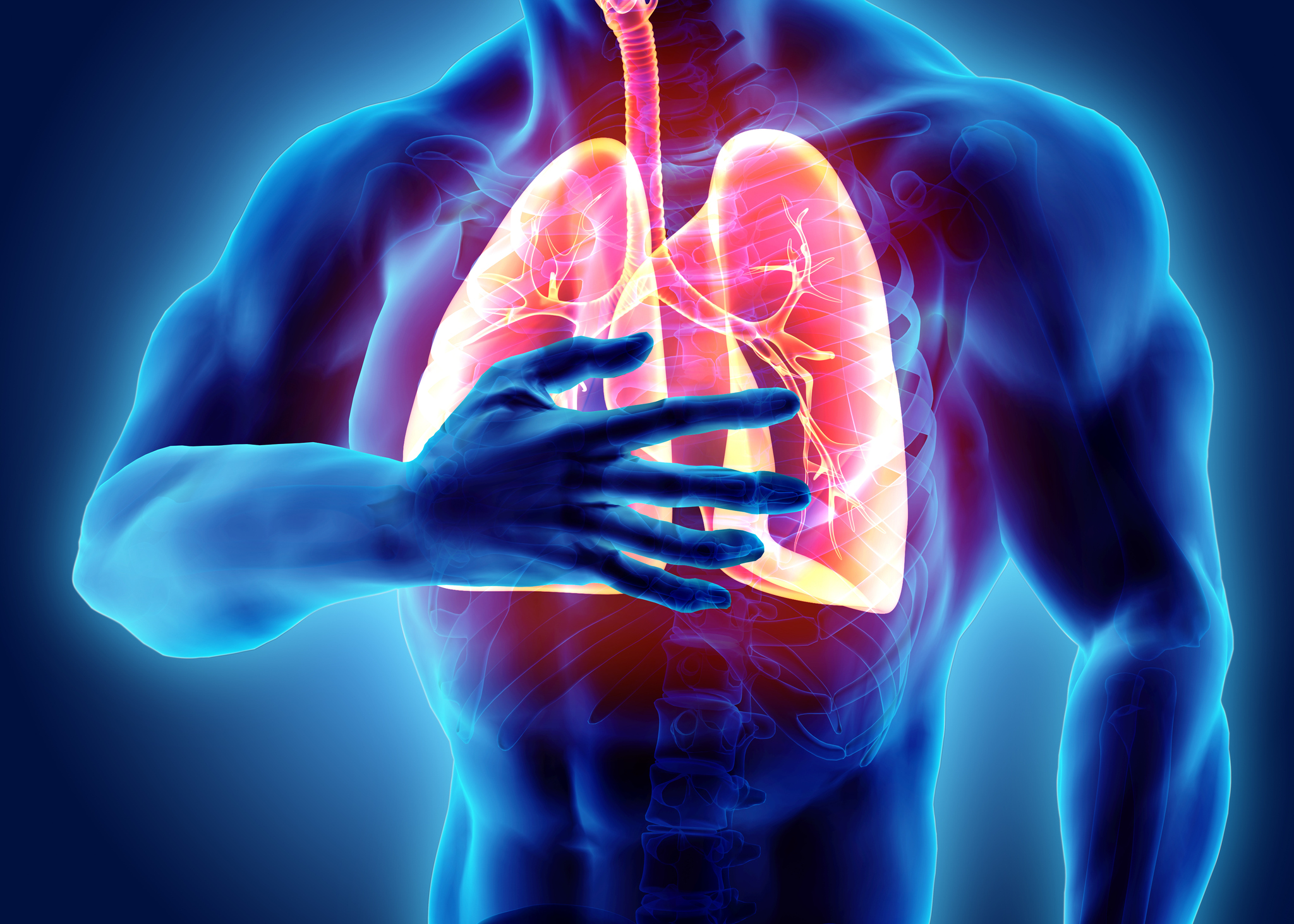6 Things to Know About Pulmonary Fibrosis
By Madeline May |
Pulmonary fibrosis affects those who work in asbestos-related industries as well as their loved ones. Discover six things you should know about pulmonary fibrosis.

What to Know About Pulmonary Fibrosis
Pulmonary fibrosis (PF) is a lung condition, that occurs when lung tissues become damaged and scarred. This condition causes the lung tissues to stiffen and thicken, making it very difficult for patients to breathe. Although many factors cause this lung disease, asbestos can often be pinpointed as the source of the condition. Whether through direct time spent in an occupation or secondhand exposure from an employee, asbestos can cause this dangerous disease.
Pulmonary fibrosis shares symptoms with many other conditions like mesothelioma and different stages of lung cancer. Although PF is often fatal, patients can prolong their life by knowing the symptoms and information associated with the condition. Delve into the medical world and discover six things you should know about this lung disease.
1. Obstructive or Restrictive?
There are two types of PF: objective and restrictive lung disease. The two classifications are similar and the differences can be difficult to distinguish at first. Medical professionals diagnose obstructive lung disease as experiencing difficulty when exhaling air; whereas restrictive conditions limit a patient’s ability to inhale.
PF symptoms often include:
- Shortness of breath
- Anxiety
- Consistent weight loss
- Persistent cough
- Rapid respiratory rate
2. What is Idiopathic Pulmonary Fibrosis?
Idiopathic pulmonary fibrosis (IPF) causes scar tissue to develop in the lungs, making breathing difficult. Thick scar tissue slows the flow of oxygen from the lungs to the blood. Signs of IPF are similar to other conditions like lung cancer, making it difficult to diagnose. Symptoms of IPS include:
- Chest or lung pain
- Leg swelling
- Shortness of breath
- Dry cough
3. Is Pulmonary Fibrosis Hereditary?
Although extremely rare, medical experts believe that this deadly condition can be passed through generations. This disease passes through genes, making it a hereditary disease. Studies show that 20 to 30 percent of patients with IPF have a family history of the condition. However, pulmonary fibrosis research is ongoing and there is much to be discovered about the causes of the condition.
4. Pulmonary Fibrosis vs COPD
Chronic obstructive pulmonary disease (COPD) is an overarching term used to classify many lung diseases. Both COPD and PF involve breathlessness and difficulty breathing in patients. However, COPD occurs when a patient has damaged air sacs or collapsed tubes, making it difficult to breathe. On the other hand, PF is the stiffening and scarring of the lung tissues, leading to strained breathing.
5. Can Lungs Heal From Asbestos?
Asbestos causes irreversible damage to the lungs leaving the tissues permanently scarred. Asbestosis is a classification of pulmonary fibrosis caused by asbestos. There is no treatment for PF aside from the potential lung transplant procedure. Above all, professionals recommend avoiding asbestos exposure at all costs.
6. Single Lung Transplant for Pulmonary Fibrosis
Unfortunately, damage to scar tissue can not be reversed. Therefore, many medical professionals may recommend a pulmonary fibrosis lung transplant as an option for treatment. Because healthy lungs come from a donor and the surgery is extremely extensive, many people undergo a single lung transplant surgery. A lung transplant can positively change a patient’s life, but there are risks of complications during and after the surgery.
Is Pulmonary Fibrosis Always Fatal?
Many factors affect how long you can live with asbestos in your lungs. The stages of PF often influence a patient’s life span and quality of life. The median survival rate ranges from 2 to 7 years, however, those that catch the signs and symptoms in the disease’s early stages have a better prognosis.
If you believe you are experiencing pulmonary fibrosis symptoms, contact us today for a free case evaluation or submit for your free lung cancer guide.